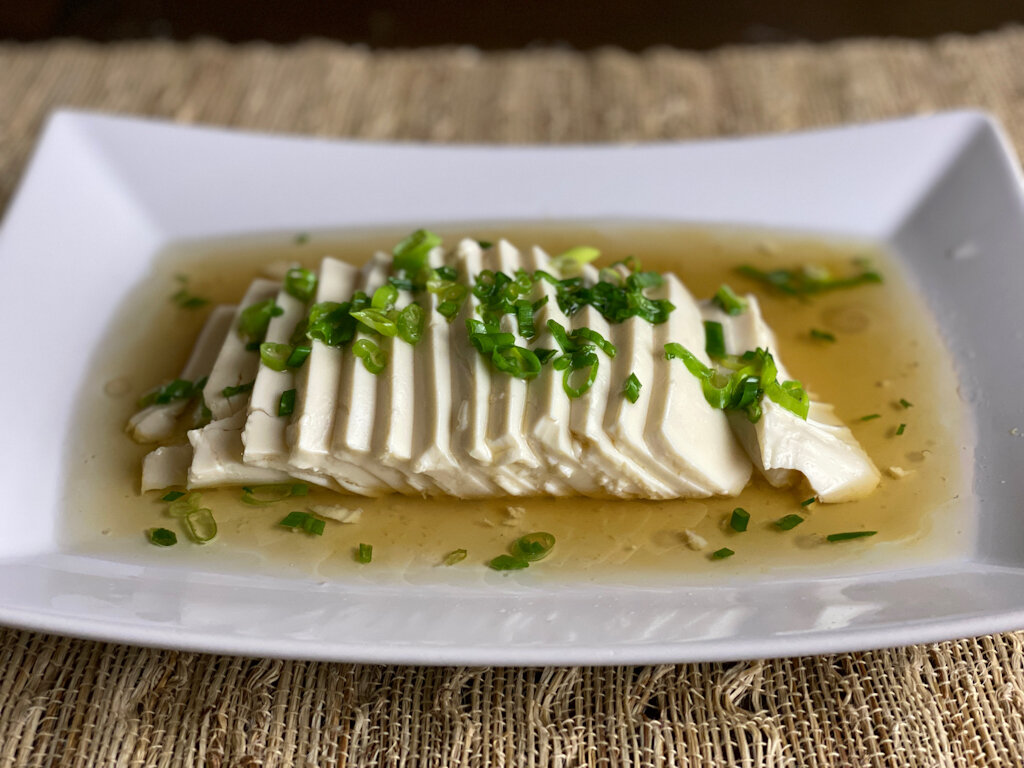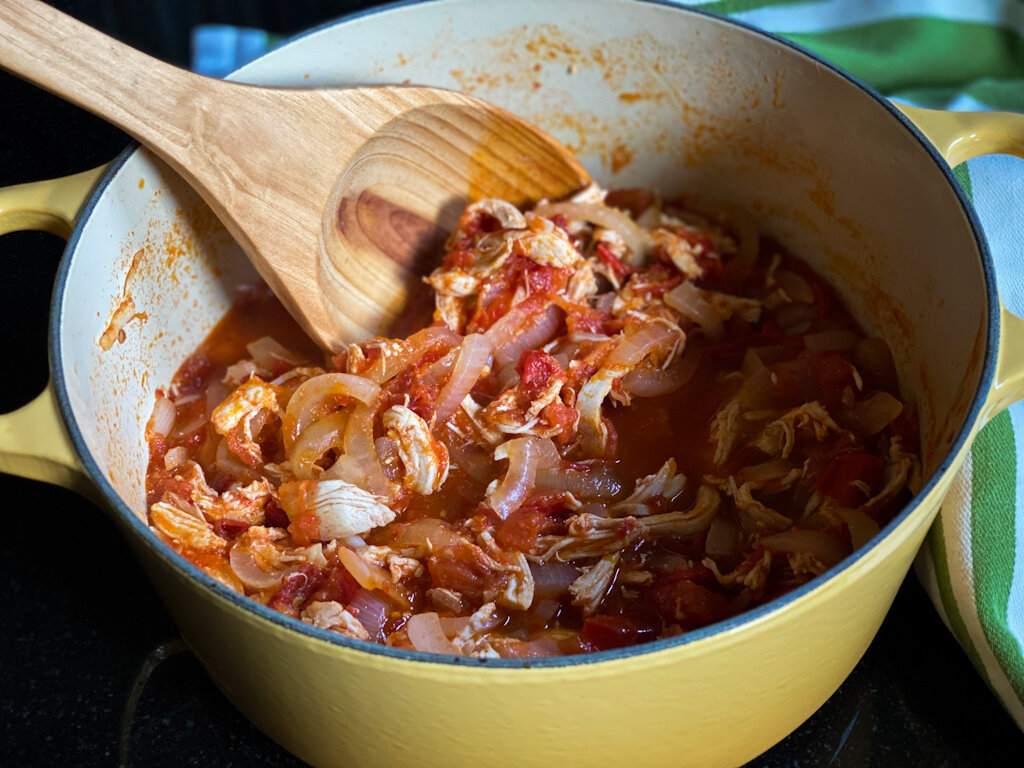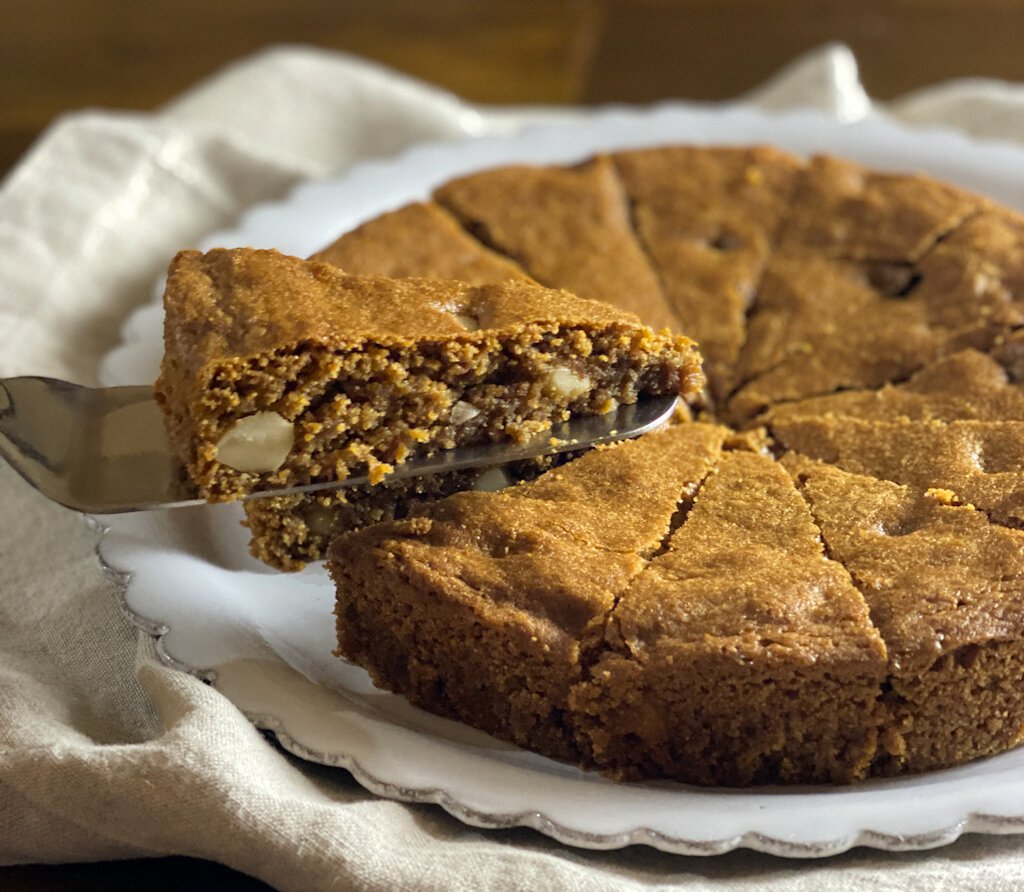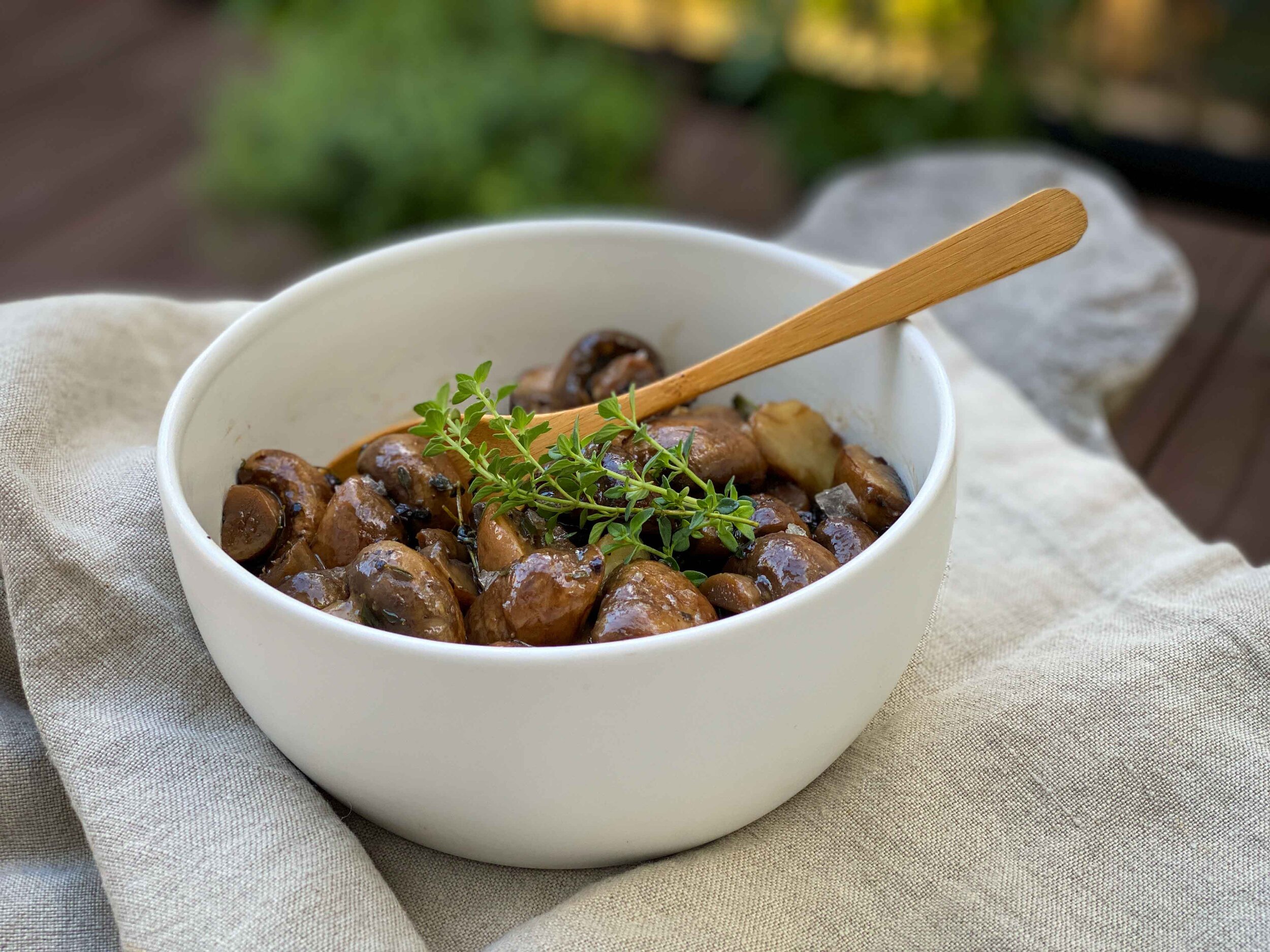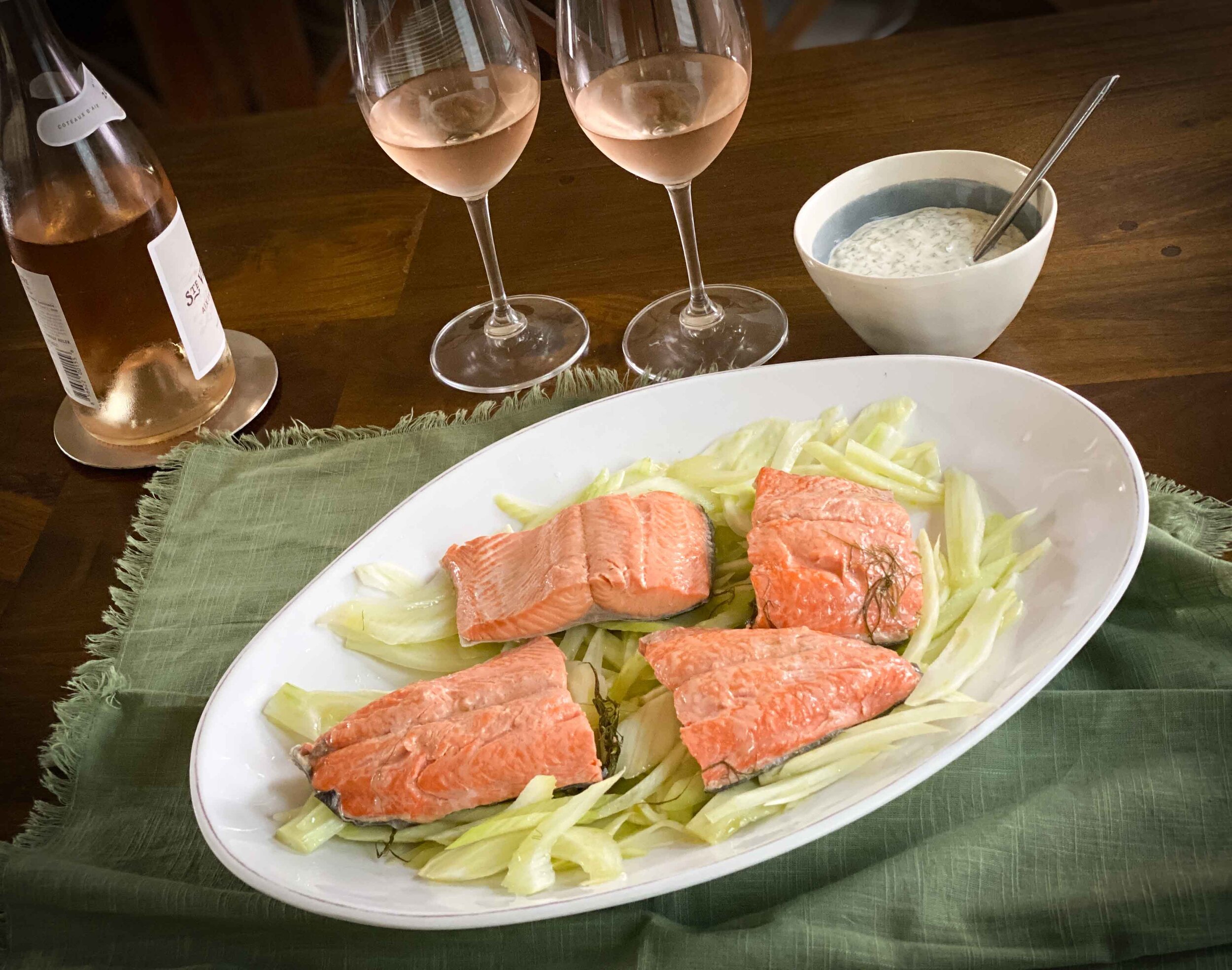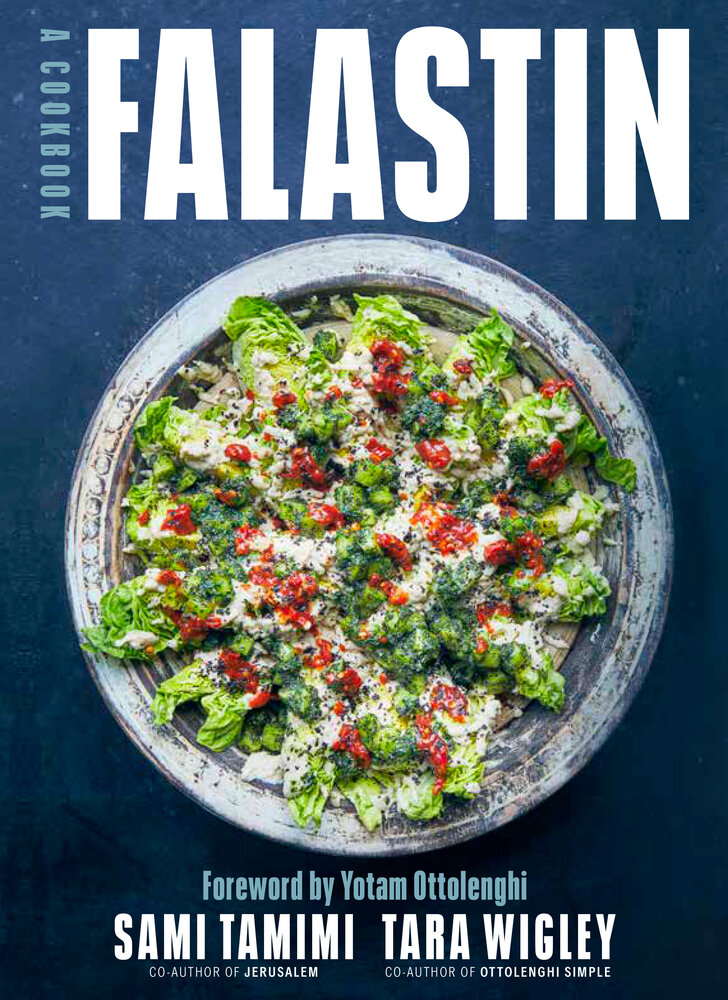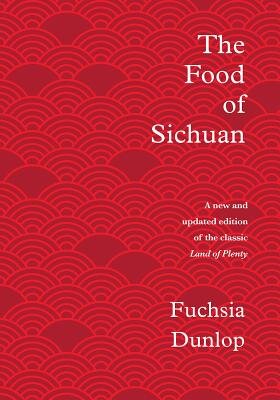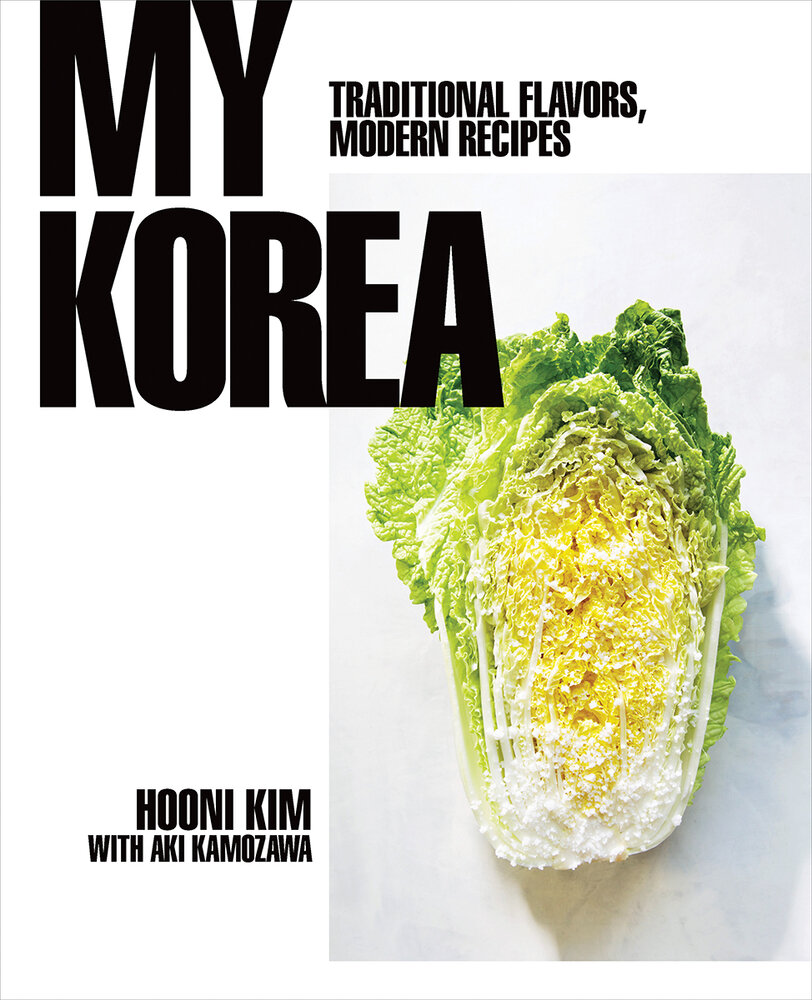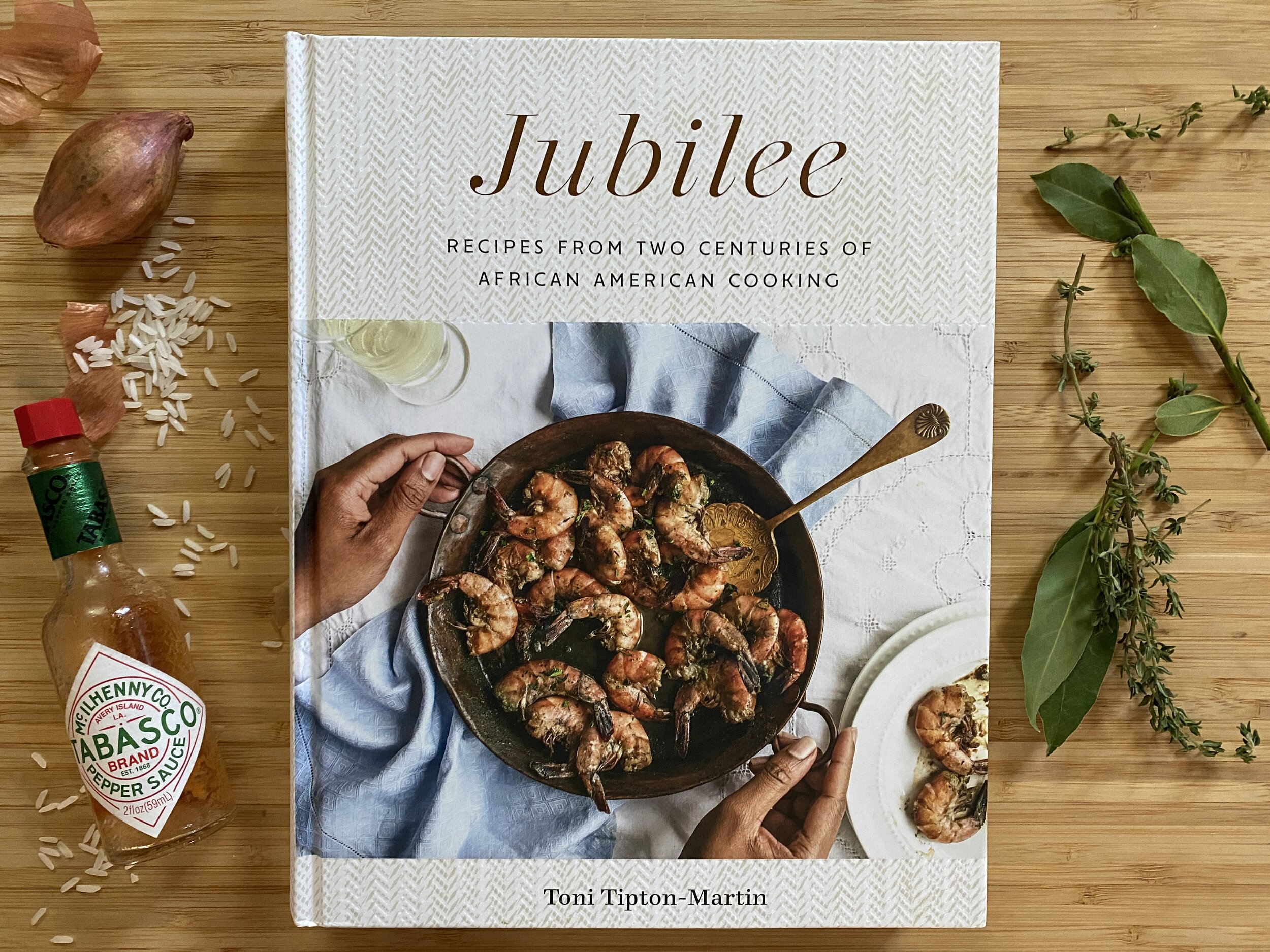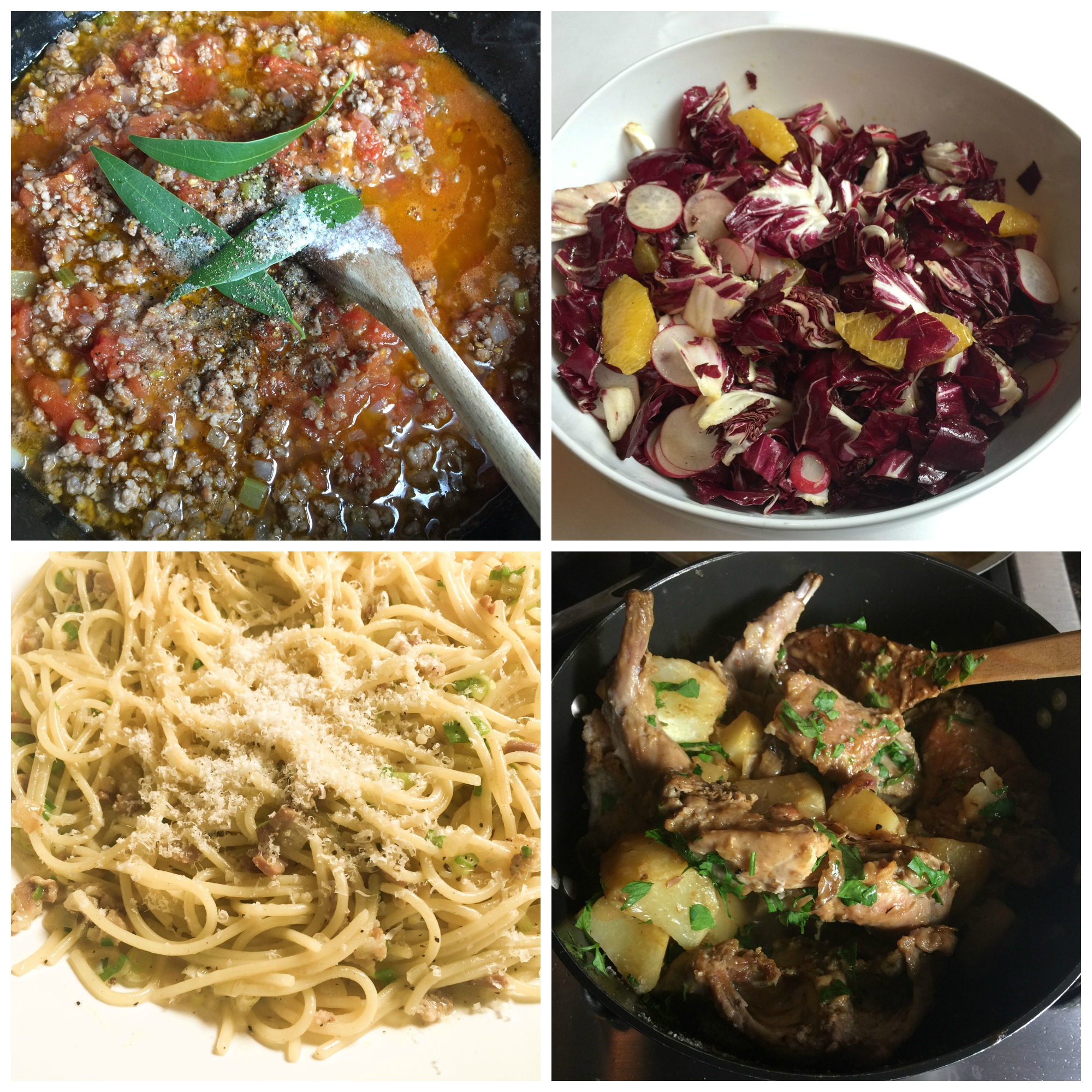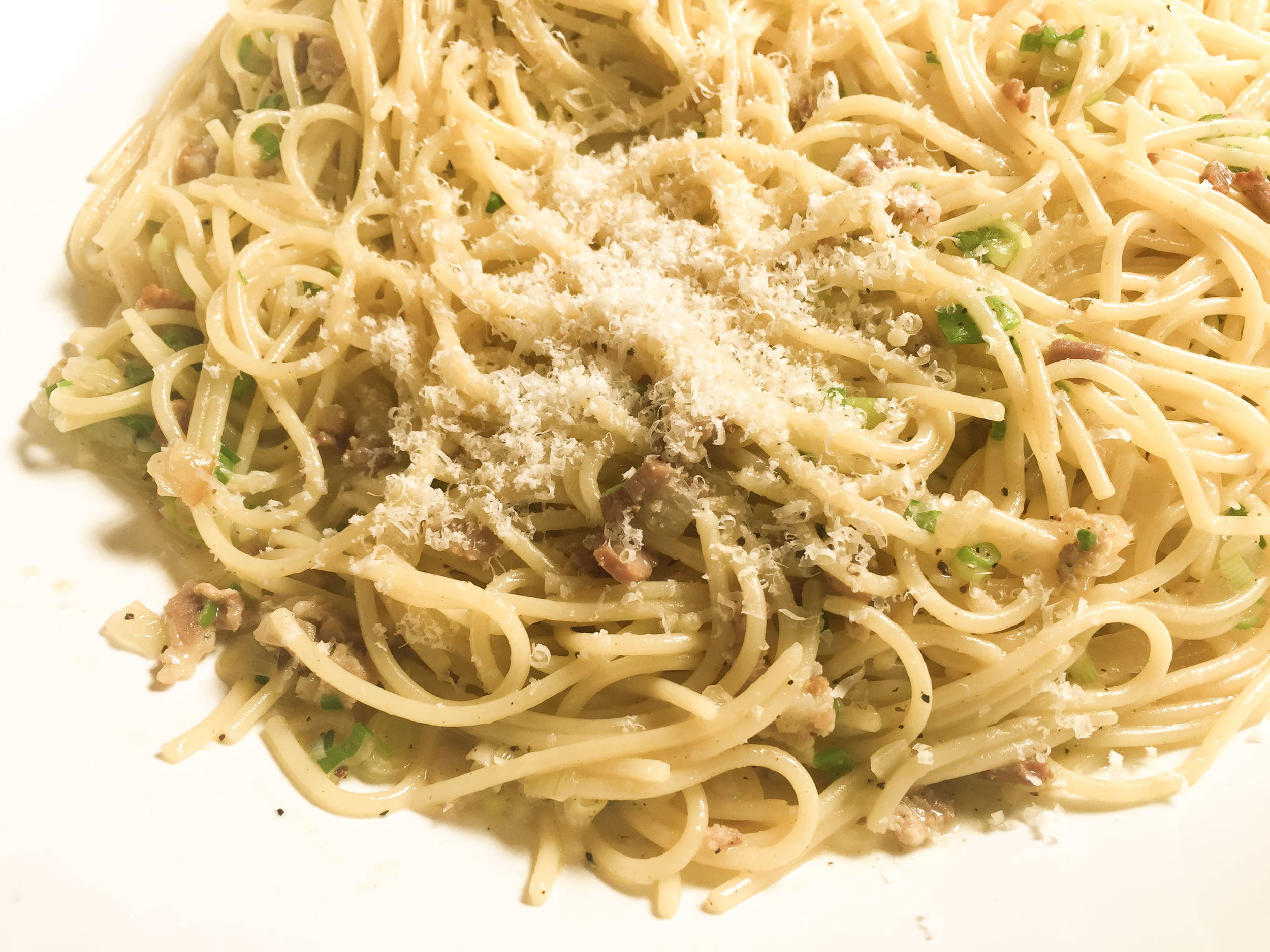Persian Chicken Soup with Chickpea and Lamb Meatballs from Nadjieh Batmangli’s 1986 cookbook ‘Food of Life’
By Leslie Brenner
My lifelong love affair with cookbooks has been supercharged by the pandemic, and the ups and downs of 2021 offered plenty of opportunities to explore titles both old and new. We reviewed nine of them during the course of the year, including new books by Marcus Samuelsson, Roxana Jullapat, Kate Leahy, Dorie Greenspan and James Oseland, plus titles (some recent, some older) from Fuchsia Dunlop, Yotam Ottolenghi, Enrique Olvera and David Lebovitz. You can find them all here, along with stories celebrating cookbook authors in honor of Women’s History Month.
Here’s the first batch of my favorite recipes from those reviews and stories. Part II will follow in coming days, so do check back!
Persian Chicken Soup from Najmieh Batmanglij’s ‘Food of Life’
In January, we wrote about the spectacular Persian chicken soup pictured at the top of this story. Featuring tender meatballs made from lamb and chickpea flour, and garnished with dried rose petals, herbs and garlic, it’s a project to make, and one we thoroughly enjoyed. It’s probably the most exciting chicken soup in the universe, and once again, the time feels right for it. We featured Najmieh Batmanglij in a story in March.
Silken Tofu with Soy Sauce from Fuchsia Dunlop’s ‘Every Grain of Rice’
Published in 2012, Fuchsia Dunlop’s Every Grain of Rice: Simple Chinese Home Cooking is one of our favorite cookbooks ever, a must for any English-speaking person wanting to dive into Chinese cooking. This beautiful tofu dish, Xiao Cong Ban Dou Fu, is a snap to put together.
Yangzhou Fried Rice from ‘Every Grain of Rice’
Another favorite from Dunlop’s book, this fried rice with shrimp, pork, shiitake mushrooms and more is infinitely customizeable is super fun to make — and will quickly turn you into a fried rice pro.
Brussels Sprouts with Browned Butter and Black Garlic from ‘Ottolenghi Simple’
Three years after it was published in the U.S., we reviewed Ottolenghi Simple, which has quickly become a classic. Four or five of its recipes turned into favorites we’ll be making for years to come.
This umami-packed Brussels Sprouts number is one of them.
Ottolenghi’s Puy Lentils and Eggplant
Also from Ottolenghi Simple, this big, delicious smush of French green lentils with eggplants and blistered cherry tomatoes is smartly set off with fresh oregano. It’s a great thing to throw together when you feel like a satisfying and soulful meatless main course.
Papa Ed’s Shrimp and Grits
If you love shrimp and grits, you must try this version from Marcus Samuelsson’s The Rise — it is literally the best shrimp and grits I’ve ever tasted. The recipe calls for fresh okra, which I’m still occasionally seeing in supermarkets, but that’ll end once okra-growing regions get a freeze. However, the recipe will work just fine with frozen okra.
We reviewed The Rise in February.
Andrea Nguyen’s Ginger Halibut Parcels
One of my favorite dishes from Andrea Nguyen’s latest cookbook, Vietnamese Food Any Day is fish baked in parchment with baby bok choy and lots of ginger and garlic; it gets lots of umami from oyster sauce and soy sauce. Super easy to put together, it’s exciting enough for a dinner party and quick enough for a weeknight. We featured Nguyen as one of our favorite cookbook authors in March, and we were thrilled to host her in a live Makers, Shakers & Mavens event in April [watch the replay!]. Halibut won’t be back in season till the spring, but this recipe works with with other fish fillets, such as the excellent farmed striped bass coming from Baja, Mexico, or with scallops.
Banana-Leaf Fish (Empapelado de Pescado)
From Enrique Olvera’s 2019 cookbook Tu Casa Mi Casa, which we reviewed in June, here’s another fish dish I loved. The ingredients are few and basic: A great fish fillet (we used that Mexican striped bass), slices of citrus, herbs, salt, olive oil and banana leaves to wrap them in, tamal-style. Much easier to make than you might think, the fish is infused with fabulous flavor from the herbs and banana leaf. The book is co-authored by Luis Arellano, Gonzalo Goût and Daniela Soto-Innes.
Tu Casa Mi Casa Chicken Tinga
Also from Tu Casa Mi Casa, this recipe for classic chicken tinga is delicious on its own, and fabulous the next day if you cook it down a bit make tostadas with it. From the headnote, I learned that chicken tinga is “the first recipe any Mexican will cook as soon as they move out of their parents’ home and live on their own.” In other words, if you love Mexican cuisine, you’ll want it in your repertoire.
Buckwheat Blini with Crab Salad
In May, we reviewed the just-published Mother Grains, by Roxana Jullapat, the renowned baker and co-owner of Friends & Family in Los Angeles. In June, Jullapat joined us on Makers, Shakers & Mavens [watch the replay!].
These crab-salad-topped blini are knockouts, and super fun to make. Crab has become insanely expensive recently; happily you can also top them with smoked salmon or other tasty treats (our adaptation’s headnote explains how).
Roxana Jullapat’s Spelt Blueberry Muffins
I’m always attracted to blueberry muffins, but usually they’re too sweet for me, and I hate the way so much white flour makes them stick to the roof of your mouth. Jullapat’s, made with spelt, solves both problems: They’re the blueberry muffins of my dreams.
Friends & Family Macadamia Brown Butter Blondies
One more from Mother Grains — the rich, buttery blondies are insanely delicious.
Did you enjoy this story? If so, you might like:
STORY: Add these to your repertoire: Cooks Without Borders’ most popular recipes of 2021
The Brenner Report: The Year in Cooking (with Recipes Galore!)
Want to receive free recipes sent to your inbox? Sign up for our newsletter and you won’t miss any!


